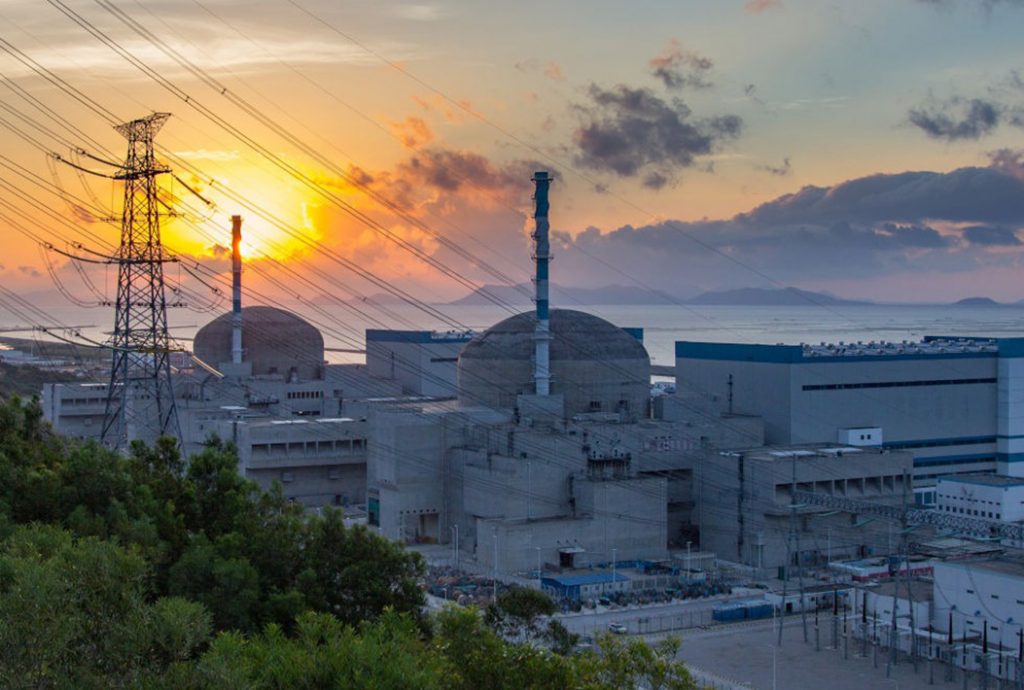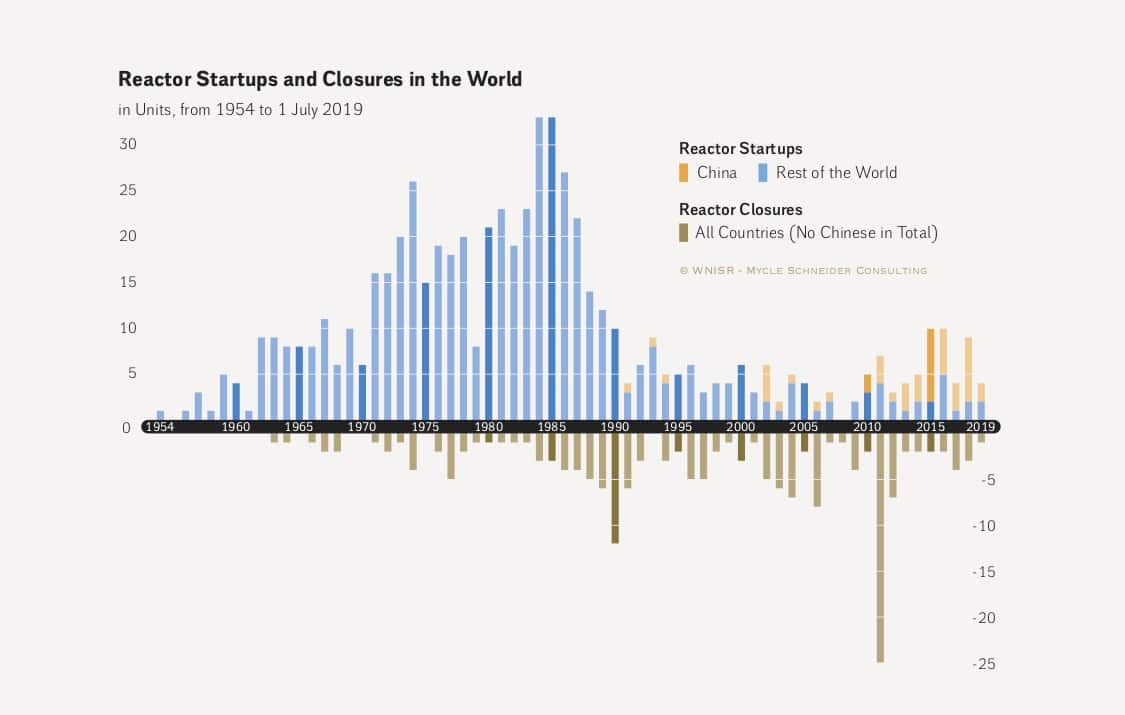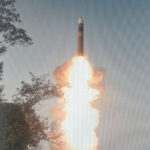An “undeclared phaseout” of the nuclear industry
By Dawn Stover | September 25, 2019

The number of nuclear reactors operating worldwide has increased significantly over the past year, according to the latest World Nuclear Industry Status Report. Nevertheless, says Mycle Schneider, the project coordinator and publisher of the 323-page report released yesterday at the Central European University in Budapest, nuclear energy is growing too slowly to guarantee its survival. “The world is experiencing an undeclared ‘organic’ nuclear phaseout,” Schneider says.
Nine new reactors started up in 2018, and four more came online during the first half of 2019, a modest upturn mostly driven by China. However, the total number of reactors worldwide, 417, falls short of the historic peak of 438 reactors in 2002—and the number of reactors under construction is now declining. The new report calculates that the building rate would have to roughly triple over the coming decade just to maintain the current number of reactors as aging units retire. The average nuclear reactor is now more than 30 years old.

The status report, which each year offers an independent assessment of the nuclear industry, has in recent years also analyzed the potential for nuclear power to mitigate climate change. There, too, nuclear power comes up short.
Some of the more optimistic scenarios for limiting global warming to 1.5 degrees Celsius rely on a rapid expansion of nuclear power. At a time when the industry is facing major economic challenges, that seems increasingly unlikely.
Editor’s note: The Global Nuclear Power Database—an interactive visualization of world nuclear power reactor construction from 1951 to Jan. 1, 2017—can be found here.
Publication Name: World Nuclear Industry Status Report 2019
To read what we're reading, click here
Together, we make the world safer.
The Bulletin elevates expert voices above the noise. But as an independent nonprofit organization, our operations depend on the support of readers like you. Help us continue to deliver quality journalism that holds leaders accountable. Your support of our work at any level is important. In return, we promise our coverage will be understandable, influential, vigilant, solution-oriented, and fair-minded. Together we can make a difference.
















Very useful and interesting. Thank you! Keep it coming
I agree. Small nuclear fission reactor parks should have begun during the AEC 3rd round of Demo Reactors from 1965 thru 1975. It may be too late now to catch up
The LaCrosse BWR, Big Rock, EBR2 and others paved the way for small reactor parks but no one listened and these successful small units were shutdown and now dismantled so we can no longer learn from them
The report makes an assumption that unless a reactor is already 40 years old, it will close at 40 years old. This doesn’t fit with the fact that many reactors have applied to operate for 60 years, and some are now considering 80. Most new reactors start with the expectation of 60 years. As a result, the rate of projected closures in the report is too pessimistic. The report is right that a faster rate of construction would be needed to make bigger inroads into combatting climate change, the difference would be the report makes the assumption it isn’t happening… Read more »
No, it does not. It considers both scenarios. Click the link and read the section about lifetime projections. That section also has a discussion of the assumptions, pointing out that some plants are closed before previously projected end of life (not really surprising, all industries are like this).
Please do not spread misinformation.
Living in the earthquake prone Pacific NW & the slow clean-up of the Hanford site makes me at least relieved that we are not supporting the nuclear energy interests.
Interesting article thanks, but the question arises as to how the world does not understand the huge benefits of nuclear energy, including safety, cost, and other effects – except the problem that is very easy to scare people. There are probably large, powerful bodies that continue to reinforce fear. After all, airplanes are falling and the airline industry is continuing to grow, cars are killing a huge number of people and the automotive industry is continuing to grow. Because of the fear and lack of knowledge the world loses an excellent probably the most efficient and productive producer of energy!
I interpret this as a phase out of older models of nuclear reactors. New, safer, hopefully cheaper models are being researched and prototyped. NuScale is building a prototype in Idaho, at a national lab, that ought to be running within 5 years. Bill Gates continues to finance Terrapower. There are many others as well.
Nuclear energy is not an optional element in GHG emissions reduction. Perhaps someday this reality will sink in among the ruling classes.
It is annoying that a highly credible bulletin like yours is reporting on a report that is obviously overly pessimistic on the growth of the nuclear industry particularly at a time when global warming is on everyones’ tongues and climate-mindedness is at an apex. Given that nuclear power is as green as it gets, and despite the occasional mishaps of TMI, Chernobyl and Fukushima, it is not lost on world leaders that nuclear power is an obvious answer to address the issue of global warming. Just because the number of reactors are temporarily on the decline it must not be… Read more »
Thanks for the update. This report comes out every year or so, and it is spot on.